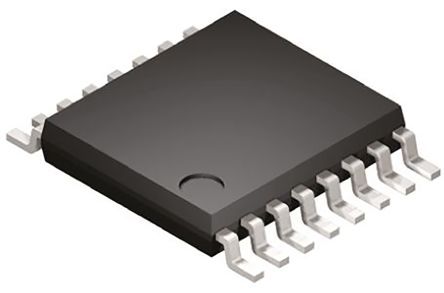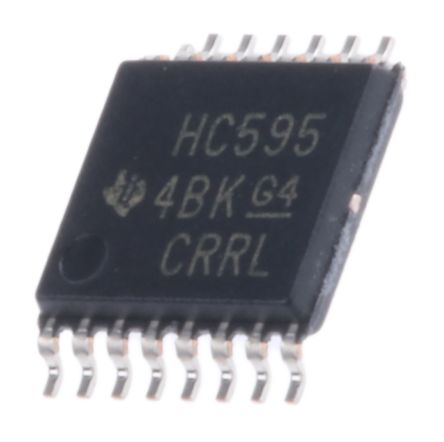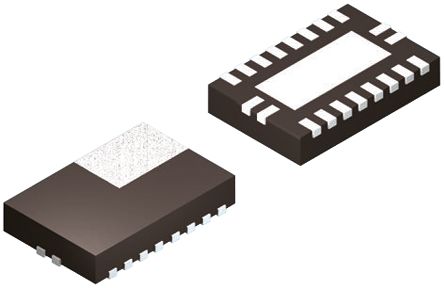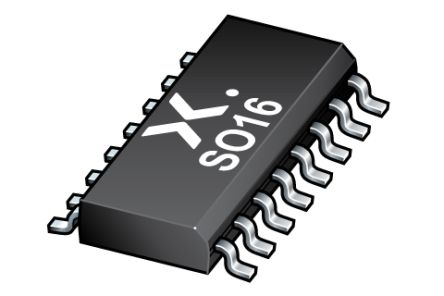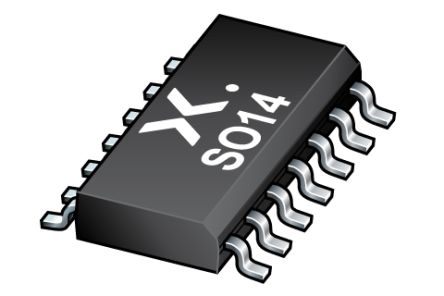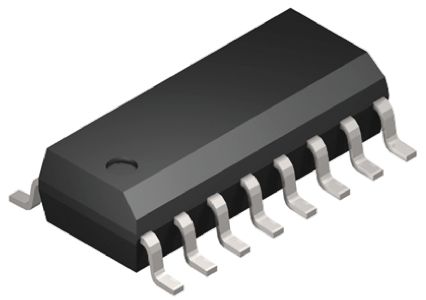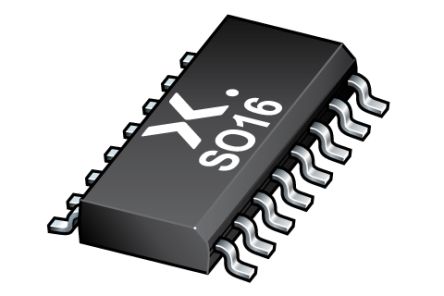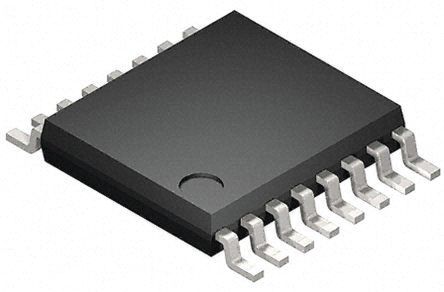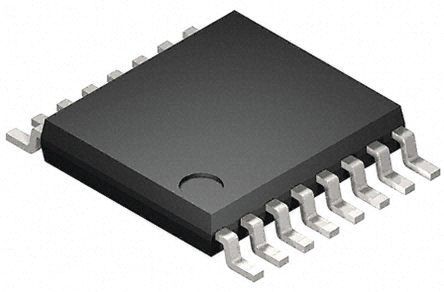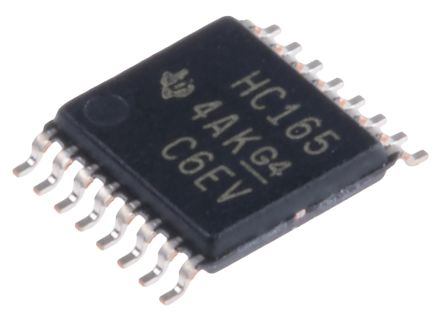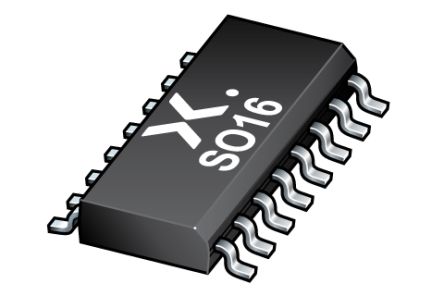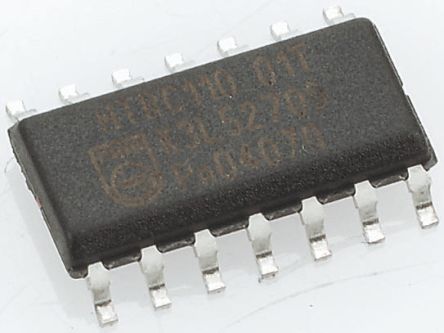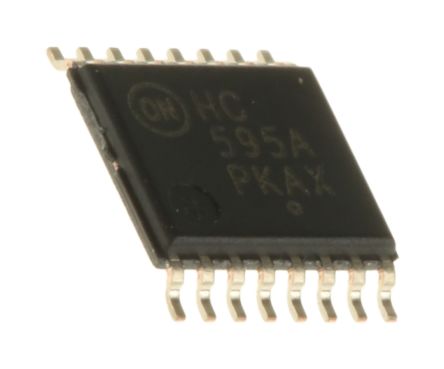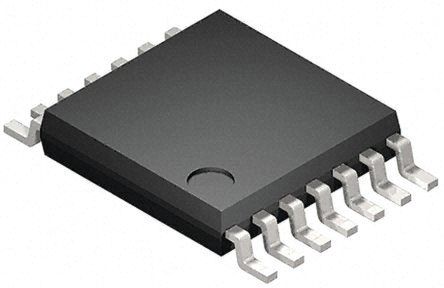- Automation & Control Gear
- Cables & Wires
- Enclosures & Server Racks
- Fuses & Circuit Breakers
- HVAC, Fans & Thermal Management
- Lighting
- Relays & Signal Conditioning
- Switches
- Batteries & Chargers
- Connectors
- Displays & Optoelectronics
- ESD Control, Cleanroom & PCB Prototyping
- Passive Components
- Power Supplies & Transformers
- Raspberry Pi, Arduino, ROCK, STEM Education & Development Tools
- Semiconductors
Counter ICs
A counter IC (integrated circuit) are electronic devices that are designed for counting externally input clock pulses.
How does a counter IC work?
This IC operates by reading the counter data output via the I2C-bus serial interface from a microcontroller or another system. It has a configuration of a 24-bit binary-up counter and can count from 0 to 24 bit and also operates at a ultra-low current consumption in comparison to that of a event counter in a microcontroller.
Types of Counter ICs
Counter ICs have a range of different types of configurations such as;
Shift registers - Shift registers are a sequential logic device made up of a cascade of flip-flops, through which a sequence of bits are ’shifted’. These devices are commonly used to convert between serial and parallel interfaces.
Clock Generator - Clock Generators produces a clock signal for use in synchronizing a circuit's operation.
Dividers - Dividers also known as clock dividers provide an output clock signal that is a divided frequency of the input.
There are also various types of counter types such as BCD, Binary, Decade, Divide by N and Octal.
Applications of Counter ICs
Counter ICs are widely used in an array of applications such as;
- Frequency counters
- Digital clocks
- ADCs (Analog to digital converters)
- Time measurement

